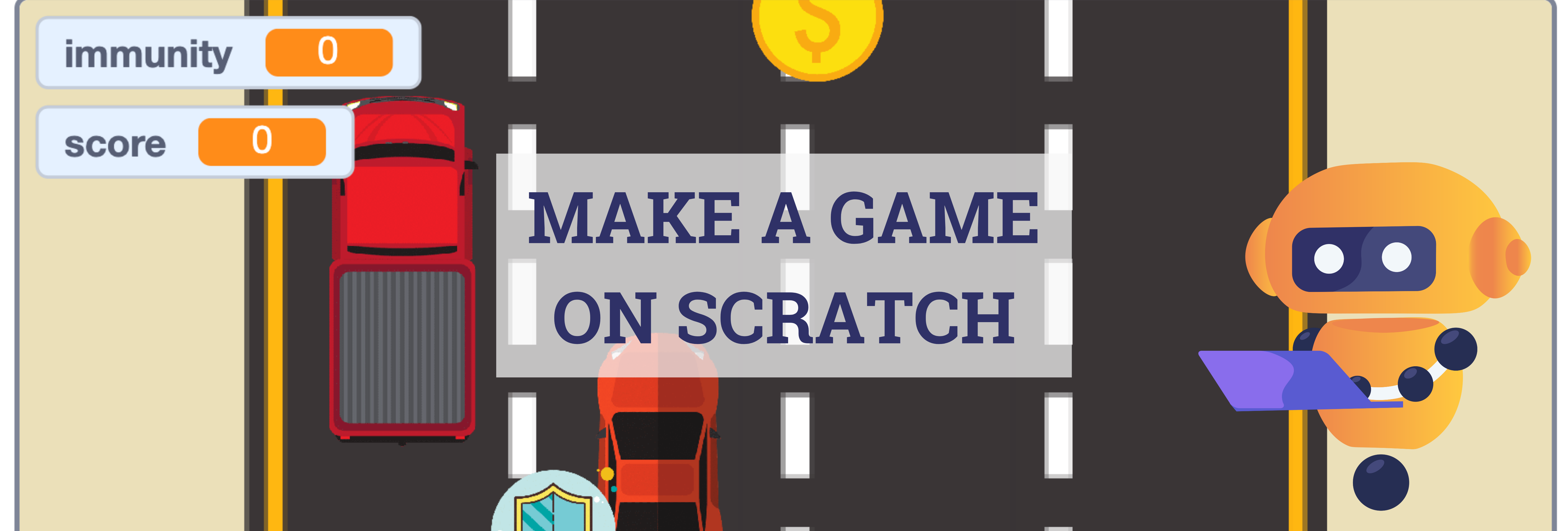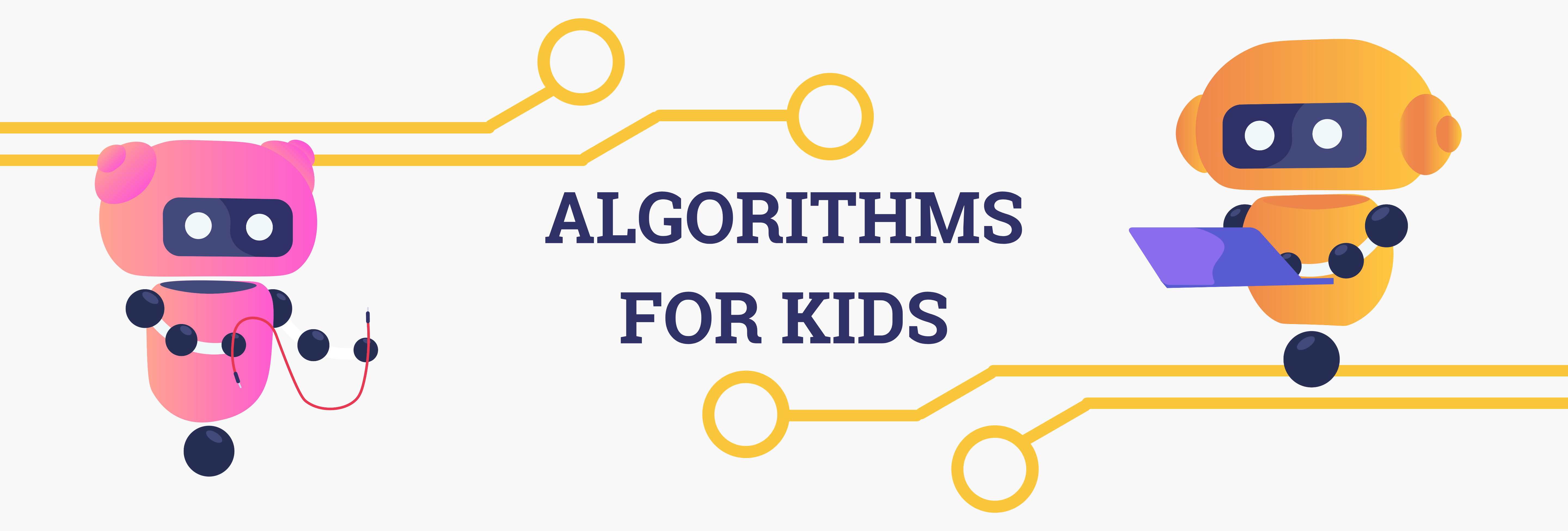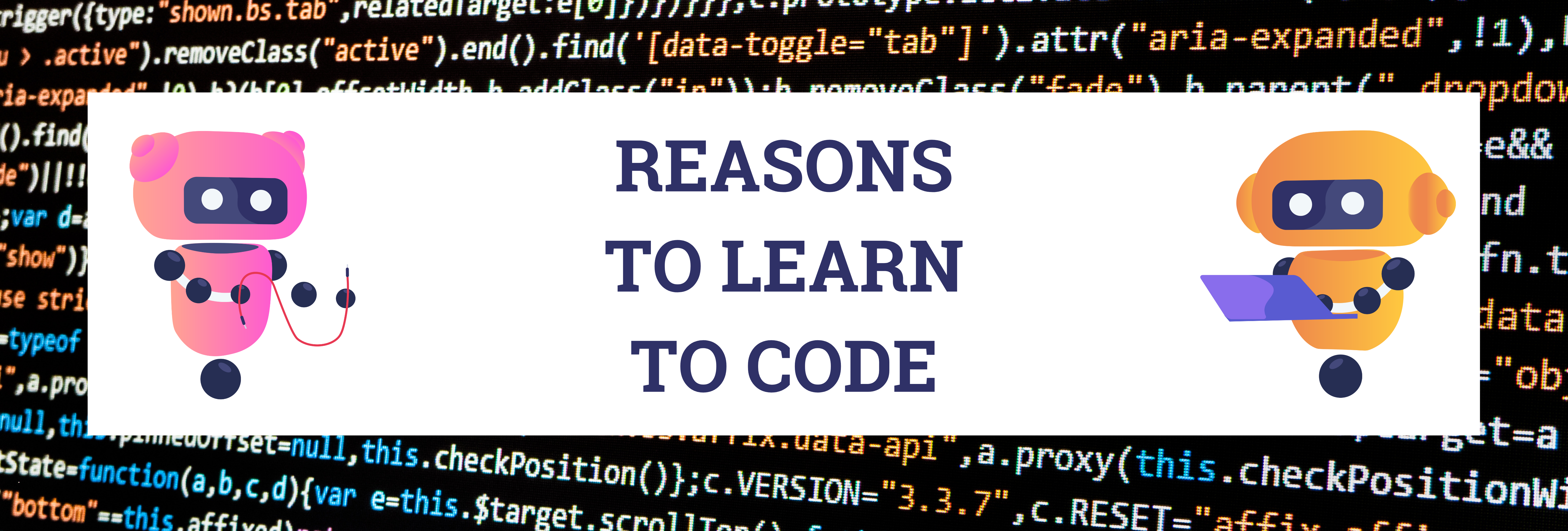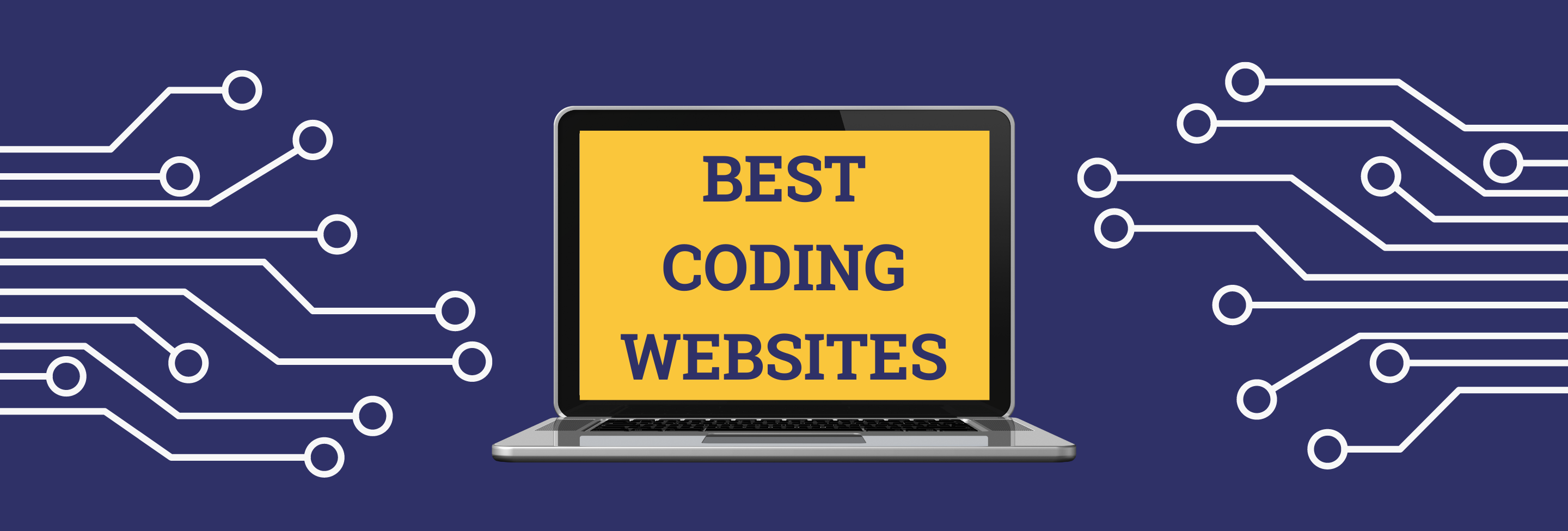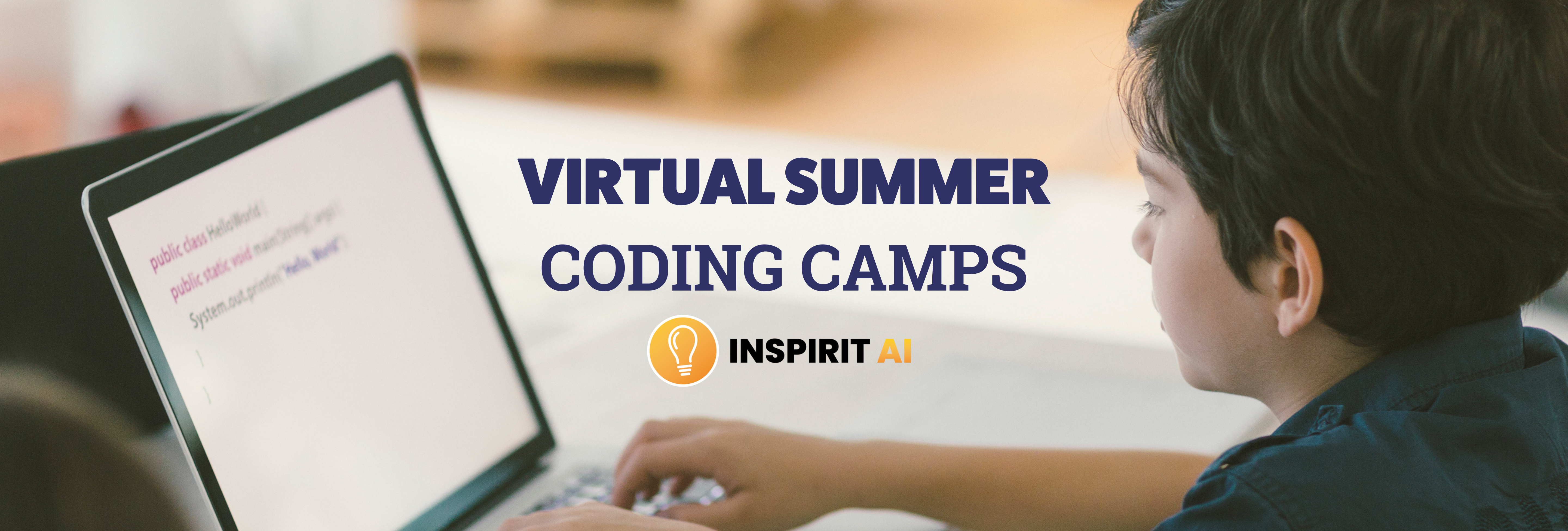Social Emotional Learning Activities in Computer Science
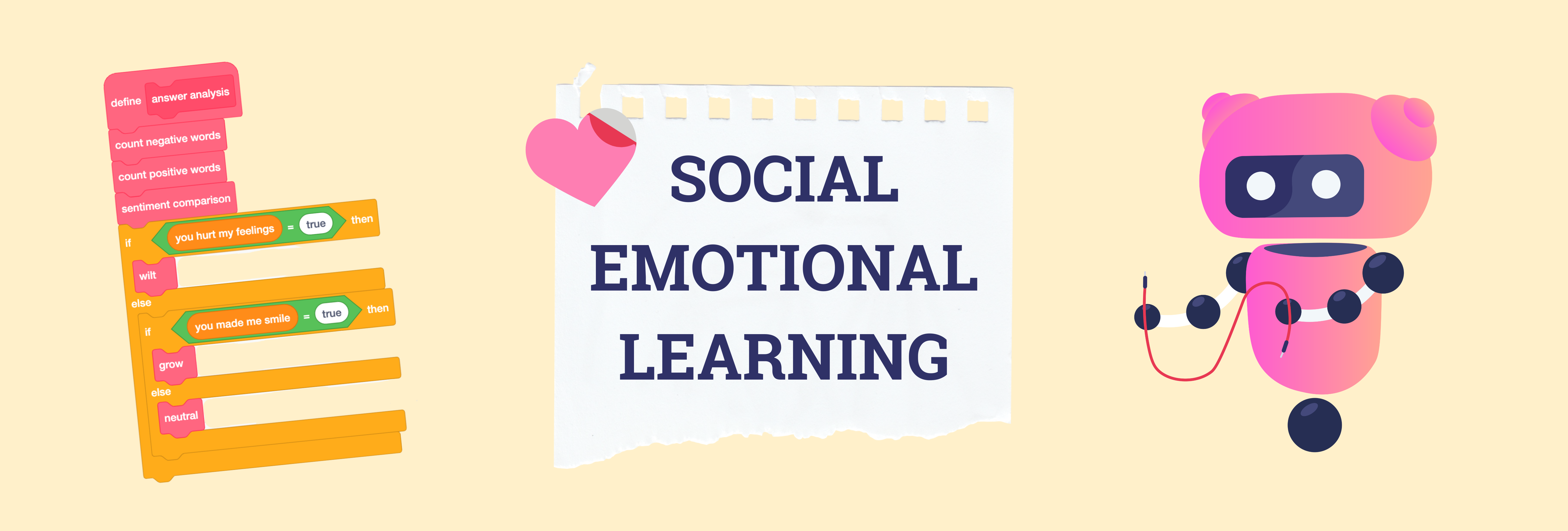
At Inspirit AI, we believe in the importance of incorporating social emotional learning activities into our interdisciplinary computer science curriculum.
There are so many educational benefits to learning how to code, including developing technical skills and supporting social emotional learning.
Even though computer science is perhaps best known for building technical skills, students also gain a number of social emotional skills that should not be overlooked.
Social emotional learning, or SEL, is a fundamental part of human development and education – and it is a core pillar of computer science and STEM!
For example, perseverance and self-confidence are two traits that immediately come to mind. Students persevere while debugging their code, and build confidence when they achieve their goals.
In today’s blog post, we are sharing different social emotional activities to incorporate into computer science learning.
First, we will define SEL and discuss how this approach relates to STEM. Then, we will share three different examples of social emotional learning activities.
What is Social Emotional Learning?
Before we share examples of social emotional learning activities in computer science, let’s first define the term SEL.
CASEL, a leading education collaborative and research organization, defines social emotional learning as “a process through which all young people and adults acquire and apply the knowledge, skills, and attitudes to:
- Develop healthy identities
- Manage emotions
- Achieve personal and collective goals
- Feel and show empathy for others
- Establish and maintain supportive relationships
- Make responsible and caring decisions”
In schools, many teachers know and value SEL, often integrating this approach throughout the day – during Morning Meeting, advisory time, and even various subject areas.

Historically, however, schools have primarily focused on teaching academic content, and have been “less intentional about supporting the social and emotional skills that are so important to learning and life success” (California Department of Education).
Since SEL is so important, how can we integrate this approach into computer science education?
Why is Social Emotional Learning Important in Computer Science?
When students learn to code, they practice computational thinking (CMU):
Computational thinking is “thinking (or problem solving) like a computer scientist”
Students practice computational thinking by recognizing patterns and solving coding puzzles.
They also collaborate and share ideas.
All of these skills are useful for not only the classroom, but also the real world.
Because of this, social emotional learning in computer science helps prepare students for life!
In addition to these examples, our team at Inspirit AI also incorporates intentional social emotional learning activities into our curriculum.
Let’s take a look at some example activities from our AI Adventurers course, an online, project-based artificial intelligence class for elementary students.
About Our Mindfulness Minutes
In our AI Adventurers course, we practice “Mindfulness Minutes.”
Our Mindfulness Minutes are designed to promote social emotional learning through fostering equity, inclusion, diversity, and a growth mindset.
During these Mindfulness Minutes, students might:
- Empathize with others and see the world from different points of view
- Understand the importance of diversity and inclusion in computer science
- Tap into grounding exercises and breathing when a problem becomes overwhelming
Example #1: Grounding Exercises
One of these Mindfulness Minutes exercises focuses on grounding, or regaining control of overwhelming feelings, which can be a very effective SEL strategy.
For example, while coding, a student may experience feelings of overwhelm if they get stuck or have trouble debugging their code. The student can then practice grounding to overcome the situation.
In this Mindfulness Minutes exercise, students learn and practice tools they can use in their everyday life, as well as in computer science classes.
During our AI Adventurers course, our class might begin by spending time identifying what overwhelm feels like. Students might mention the following:
- Feeling disconnected to our bodies
- Saying something hurtful
- Not performing our best
- Feeling “stuck”
- Avoiding responsibilities

Once students learn how to effectively identify this emotion, our instructor might then share different tools and strategies to help them overcome their overwhelming feelings. Some of these strategies include:
- Closing their eyes and counting to 20
- Taking deep breaths
- Telling a grown-up how they feel or ask for help
- Taking a break
We also might prompt to students to see what strategies they have used in their own lives.
Students can use these tools to help them self-regulate, while programming and beyond!
Example #2: Growth Mindset
In education, we often talk about having a growth mindset.
Carol Dweck, author of Mindset: The New Psychology of Success, is known for her extensive research on growth mindsets, and defines this term as such:
“In a growth mindset, people believe that their most basic abilities can be developed through dedication and hard work—brains and talent are just the starting point. This view creates a love of learning and a resilience that is essential for great accomplishment.”
In computer science, growth mindsets are important!
During our AI Adventurers course, we introduce students to this concept through “the power of yet.”

Every expert was once a beginner.
At some point, Simone Biles had to learn how to walk.
Marie Curie had to practice math.
And computer scientists have to learn to code!
To begin this conversation in our AI Adventurers course, we might start off with a social emotional discussion prompt, asking students: “What is something you can’t do (but want to)?”
Students might reply:
- “I can’t swim.”
- Or, “I can’t speak French.”
- Or, sometimes they might provide a silly response, like “I can’t teleport!”
Then, once students take turns sharing, we might introduce students to the power of the word “yet.”
By adjusting our language to say, “I can’t swim yet,” and “I can’t speak French yet,” students are able to practice growth mindset strategies.
And even if our student may never be able to successfully teleport, we might spend time considering what their interests are! Perhaps they have an interest in travel. Or, perhaps they are interested in science and physics.
Maybe they can’t teleport, but what can they do? What can they learn to do with practice?
Example #3: Feelings Check-In & Sentiment Analysis
In this next example from our AI Adventurers course, we actually use SEL as a way to introduce students to a coding concept: sentiment analysis.

The lesson might begin with a feelings check-in, a typical practice that many teachers incorporate!
Students will take turns sharing their “weather emotion,” and then, the lesson about sentiment analysis will begin.
Computers use sentiment analysis to understand emotions.
What exactly is sentiment analysis?
Sentiment analysis is code that can determine if words or sentences are positive, negative, or neutral.
We can use sentiment analysis to help computers recognize emotions in other people – even though right now computers can’t have emotions themselves.
Students might then do an instructor-led coding activity to see sentiment analysis in action!

This activity is called Grow-A-Plant.
If a student says something positive or kind to the plant, it will grow.
If a student says something negative or unfriendly to the plant, it will shrink.
Students will test out the activity, and then take a look inside the code to learn how it works!
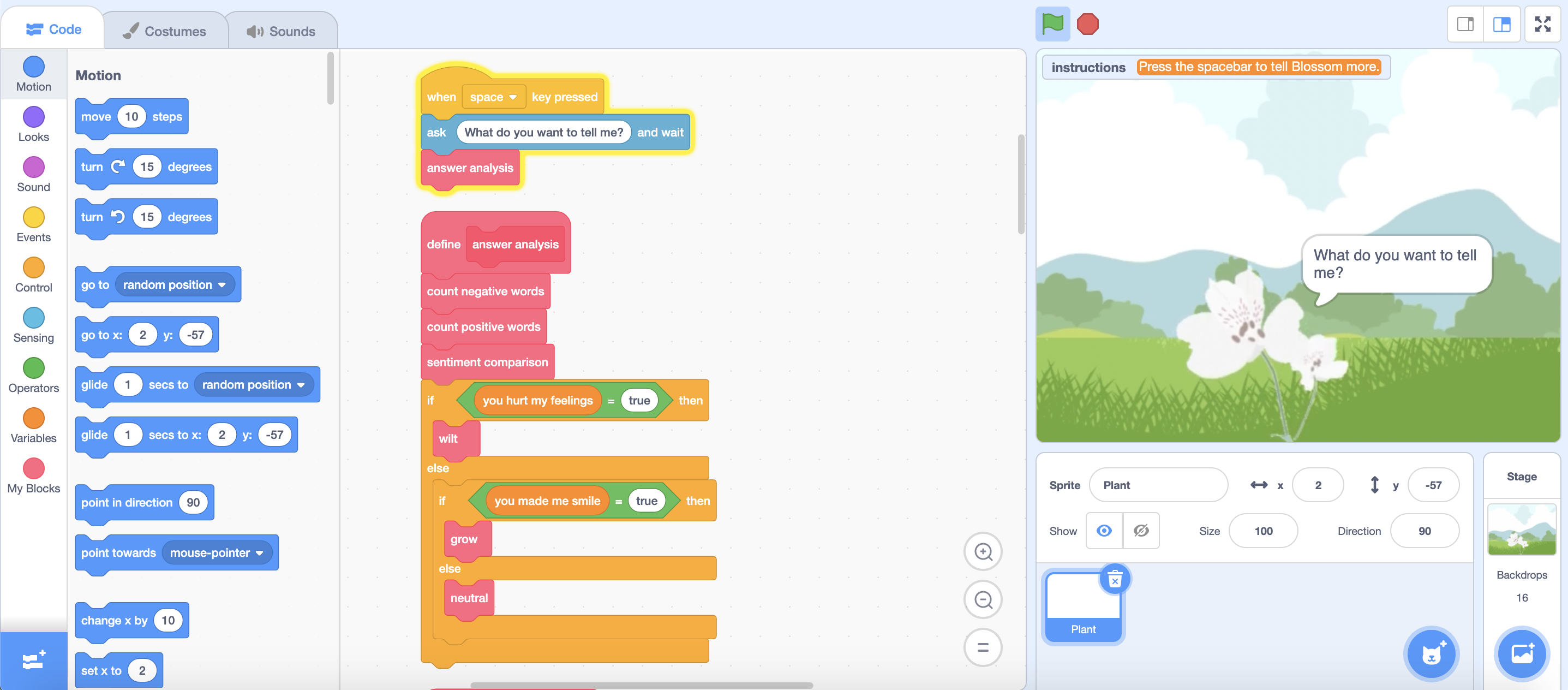
In this activity, students gain:
- Practice in identifying their own emotions
- An understanding of sentiment analysis
- Insight into conditionals (if statements) and other key coding concepts
By beginning this lesson with a social emotional check-in, students are then able to transfer their learning to apply to computer science and STEM!
Learn More about AI Adventurers & Inspirit AI
Inspirit AI offers live online programs for elementary, middle, and high school students.
Learn more about our elementary AI Adventurers Program here.
In addition to our after-school and summer offerings, we have also taught our courses in K-12 schools across the country, including Khan Lab School, Miami Country Day School, and Pilgrim School in Los Angeles.
Thank You!
Thank you for reading this blog post about social emotional learning activities in computer science. What other activities would you add to this list?

Meet our team here.






